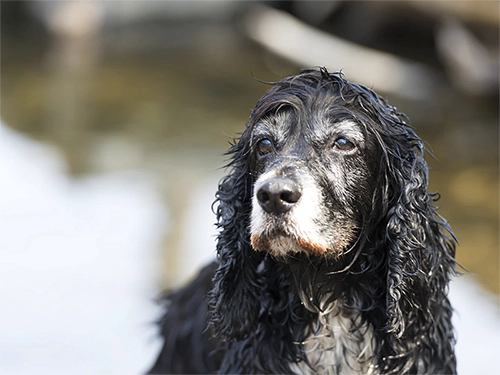Colour pattern roan

Definition
Genetic basis
Other relevant information
Bibliography
Brancalion L, Haase B, Mazrier H, et al. Roan, ticked and clear coat patterns in the canine are associated with three haplotypes near usherin on CFA38. Anim Genet. 2021 Apr;52(2):198-207.
Kawakami T, Jensen MK, Slavney A, et al. R-locus for roaned coat is associated with a tandem duplication in an intronic region of USH2A in dogs and also contributes to Dalmatian spotting. PLoS One. 2021 Mar 23;16(3):e0248233.

